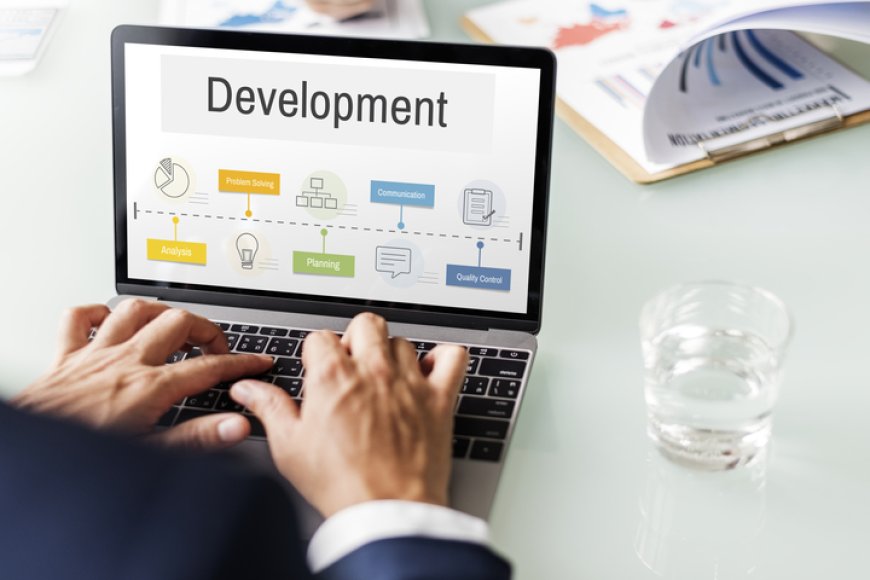Energy Trading Software Development: Cost & Process
Energy trading software streamlines buying and selling energy commodities. Discover the costs, key features, and development process for creating a robust platform.

In today's rapidly evolving energy market, the development of efficient energy trading software is crucial for businesses to stay competitive. As the demand for renewable energy sources increases, so does the need for innovative software solutions that streamline energy trading processes. This article will explore the costs involved in energy trading software development and outline the process to create a robust platform.
Understanding Energy Trading Software
Energy trading software is a specialized platform that facilitates the buying and selling of energy commodities like electricity, natural gas, and renewable energy credits. This software enables traders to monitor market trends, execute trades, and manage risk effectively. By automating and optimizing trading activities, businesses can maximize their profits while minimizing operational risks.
Key Features of Energy Trading Software
-
Real-Time Market Data
Access to real-time market data is essential for making informed trading decisions. Energy trading software integrates with market data providers to deliver up-to-the-minute information on prices, supply, and demand. -
Risk Management Tools
Effective risk management is vital in energy trading. The software should include tools for assessing and mitigating risks, such as price volatility, regulatory changes, and supply chain disruptions. -
Automated Trading
Automation is a game-changer in energy trading. With automated trading features, traders can set predefined conditions for executing trades, reducing the need for manual intervention and improving accuracy. -
Reporting and Analytics
Comprehensive reporting and analytics tools are necessary for tracking performance, identifying trends, and making data-driven decisions. The software should generate detailed reports on trading activities, profits, and losses.
Cost Factors in Energy Trading Software Development
-
Software Complexity
The complexity of the software significantly impacts the development cost. A platform with basic features will cost less than one with advanced capabilities like AI-driven analytics, blockchain integration, or multi-commodity trading support. -
Development Team Expertise
The expertise of the development team also plays a critical role in determining the cost. Hiring a team with specialized knowledge in energy markets, trading algorithms, and software architecture will require a larger budget but ensures a higher-quality product. -
Technology Stack
The choice of technology stack—programming languages, frameworks, and databases—affects both the development cost and the software's performance. Opting for cutting-edge technologies may increase upfront costs but provide long-term benefits in scalability and efficiency. -
Customization Requirements
Customizing the software to meet specific business needs will add to the overall cost. This includes developing unique features, integrating third-party APIs, and ensuring compliance with industry regulations.
The Development Process
-
Requirement Analysis
The first step in developing energy trading software is understanding the client's requirements. This involves identifying the key features, target market, and regulatory considerations. -
Design and Prototyping
Once the requirements are clear, the development team creates a design and prototype. This stage includes user interface design, system architecture planning, and creating mockups to visualize the final product. -
Development and Testing
The actual coding begins in the development phase. Developers build the software using the chosen technology stack, followed by rigorous testing to ensure functionality, security, and performance. -
Deployment and Maintenance
After successful testing, the software is deployed in the live environment. Ongoing maintenance is crucial to address any issues, update features, and ensure the software adapts to changing market conditions.
Conclusion
Energy trading software development is a complex but essential process for businesses in the energy sector. The costs involved vary depending on factors like software complexity, team expertise, and customization needs. By following a structured development process, businesses can create powerful trading platforms that drive success in the competitive energy market.

 Ideausher
Ideausher 










